For a British-Indian photographer, taking portraits of fellow passengers on long-distance trains became a rite of initiation into the big country
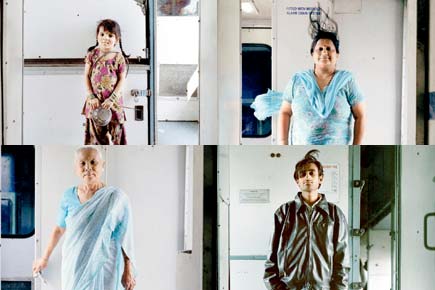
ADVERTISEMENT
To say that there is no better way of learning about India than from its trains wouldn't be far from the truth. It was this idea that led photographer Nishant Shukla to undertake three rail journeys traversing the length and breadth of the country, chatting up fellow-passengers, and ultimately making portraits of them. The result was a series of photographs that Shukla, 33, calls Brief Encounters — a self-evident title.
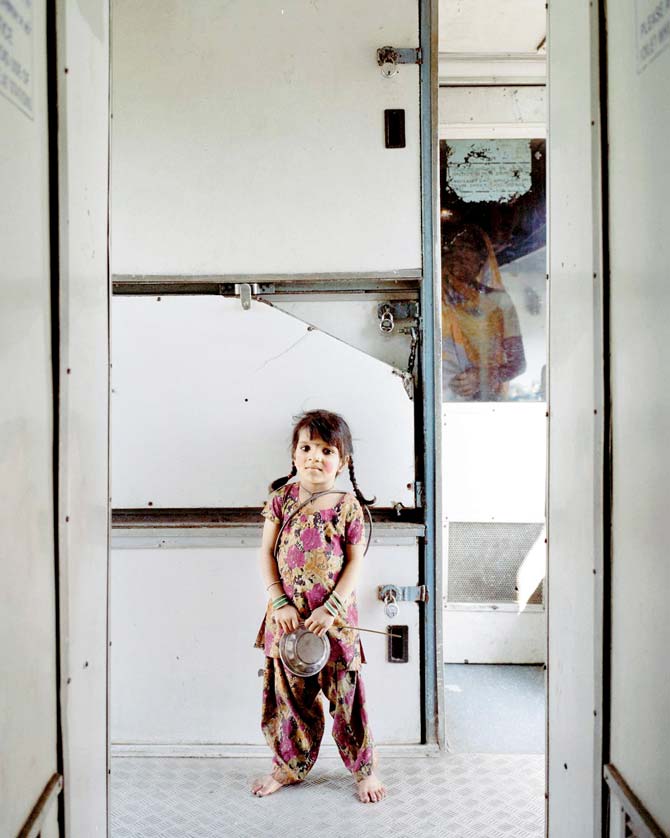
Shukla recorded details about each passenger he photographed in a log book. Kirani travelled 212 km on the Okha-Guwahati Express in 2009. The four-year-old was part of a performing duo with her sister
Brief Encounters is part of Travel Photo Jaipur, a new travel photography festival by the organisers of the Goa Photo Festival that opens on February 5. It is an international platform with just three Indians in the show, and Shukla - British born and residing in India since 2010 — is one of them. Shukla, now based in Mumbai, travelled to Rajasthan's capital city to set up his show, which will be exhibited at the waiting room of the Jaipur railway station. “No, correct that,” Shukla says, “Someone just told me it's the concourse room, not the waiting room.” A concourse room, like the many legacies the British left behind, is where paths converge - an open space for people to gather, voluntarily.
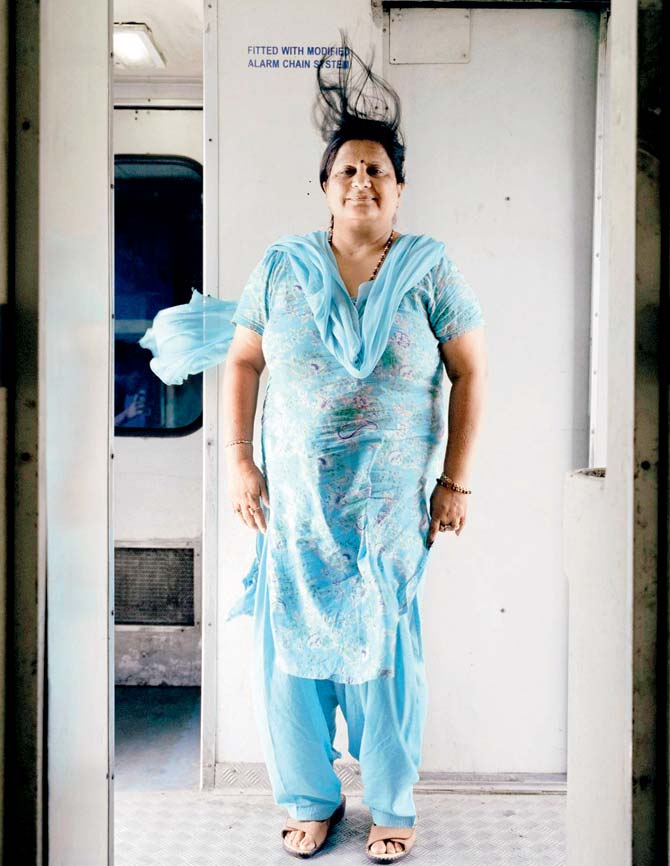
Sushma traversed 1,260 km on the Okha-Guwahati Express. Sushma, who lived in Lucknow after her marriage, was returning home to meet her parents in Ahmedabad. Pics/Nishant Shukla
In Brief Encounters, passengers pose for Shukla against an all-too familiar backdrop, framed by beams, slots, latches and berths. The images are quiet, hard to achieve in the visual noise of train compartments, and harder still to shoot in a rickety ride on. It is unusual portraiture, more so when you get to know that Travel Photo Jaipur is being partnered by the Department of Tourism of the Rajasthan Government. Rather than splendour and sweeping landscapes, we have Laurent Chehere's whimsical flying houses, Luis Gonzalez Palma's The Annunciation (which evokes the many mudras of the angel Gabriel's visit to Mary), and Gideon Mendal's photos of people in floods across the world.
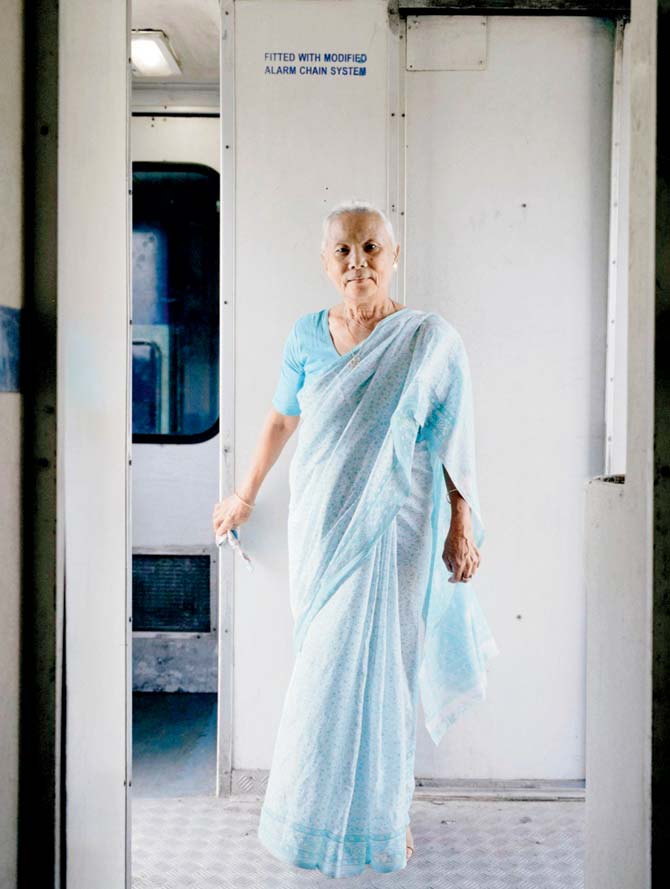
Sumitra travelled 1,965 km on the Guwahati-Okha Express in 2009 from New Jaipaiguri to Ratlam Junction. She was discussing baby names with her sister Pratima on the train to name a new arrival in the family.
Shukla made three trips in all — sleeper class on the Himsagar Express from Jammu to Kanyakumari, and twice on third class AC on the Okha-Guwahati Express — to shoot a total of 140 passengers. In this exhibition, six portraits, printed on transparency sheets, will hang in the concourse room, giving the other iconic venues for the festival — such as Hawa Mahal and Albert Hall Museum —a miss.
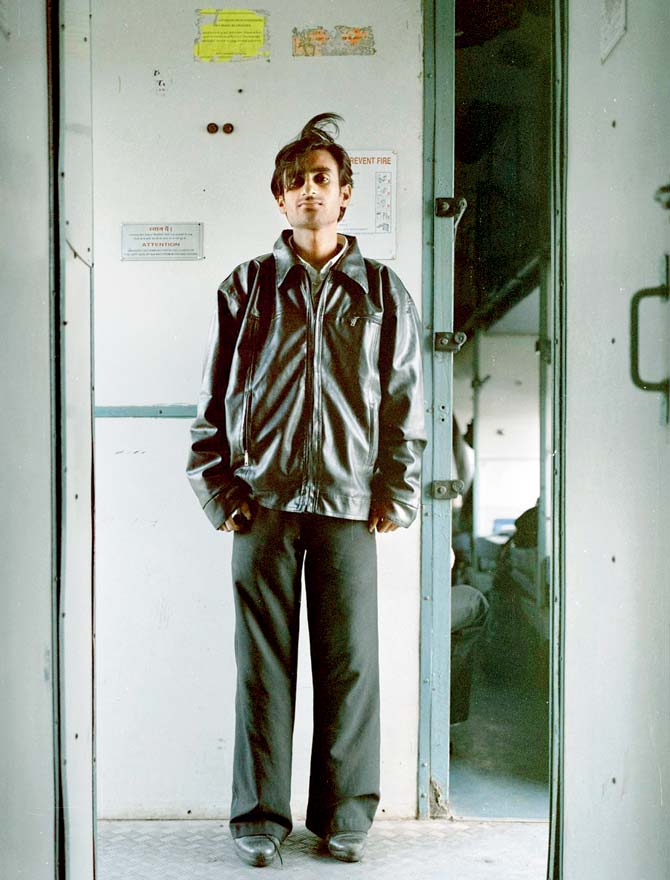
Sachin, Himsagar Express, 2008. Travelled 158 km from Chakki Bank to Nagpur. He was with a large group of college students, who were on their way back from a holiday in the Himalayas. Like many others — Sachin was reading a Hindi version of a self-help book titled You Can Win
In our conversation, 'fleeting' is a word that Shukla brings up often. “On long train journeys, you spend the days with passengers, with whom you end up having powerful but fleeting interactions,” he says. Like many of us, memories of train journeys diminish. “All I have left of these fleeting experiences are photographs and a log book with detailed notes about each person and the miles they travelled.” Take the case of computer engineer Shubha, who was returning home after a visit to Ludhiana, where her son studies. The journey was three days each way. Or Manvendra, a Hindu priest and astrologer, who was returning with wedding guests. He agreed to be shot, in return for peering into Shukla's palm to read his fate. If all this sounds like an ethnographic study of the people you might meet on trains, you are on the right track. In 2008, a younger Shukla, who worked in London, wanted to “explore and re-connect with the country where I am from”.
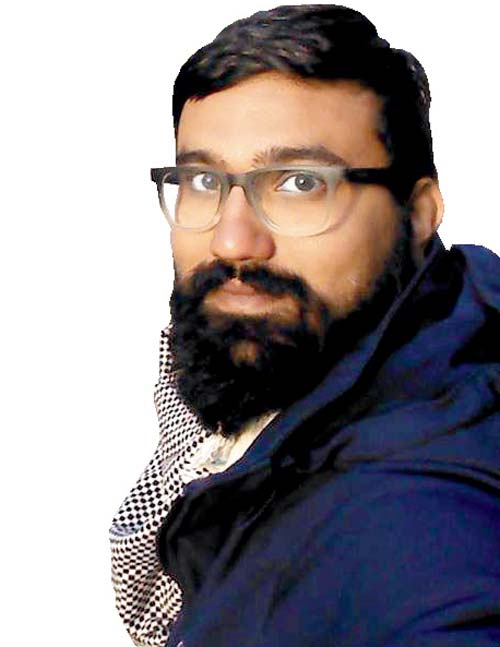
Nishant Shukla
“I looked at the different 'types' of people in this liminal in-between space. Some of the people I shot invited me home; in the West, it is hard to make such instant connections,” he says.
A charming rite of initiation, but Shukla has received his share of criticism precisely for this reason. The middle-classness of the passengers is written all-over; the odd hippie or the aesthete does not feature in the series. Critics and friends have asked Shukla why he shoots like a foreigner. “The middle-class feeling is incidental but telling of a people I found at that time during those specific travels,” he says. But, he is also aware that he has evolved as a photographer. While his professional shoots encompass advertising and editorial work, having shot Salman Rushdie and Subramanian Swamy, his personal work “is not transitory and public. It is now more intimate and about personal engagement.”
The train journey has often inspired, right from Kushwant Singh for Train to Pakistan to Mira Nair in Salaam Bombay. In 2014, Anushree Fadanvis began her now 86.8K-following strong Instagram account dedicated to the Mumbai local's ladies compartment. The train is the great leveller, it turns out, as you shuffle for space in the local and share a dabba with your neighbour in AC first-class. “It was my way of memorialising the moment, and Brief Encounters, like the movie it alludes to, is a romantic idea,” he says. On that note, Shukla remembers a generous gesture from two elderly sisters who offered to him a bride.
 Subscribe today by clicking the link and stay updated with the latest news!" Click here!
Subscribe today by clicking the link and stay updated with the latest news!" Click here!







